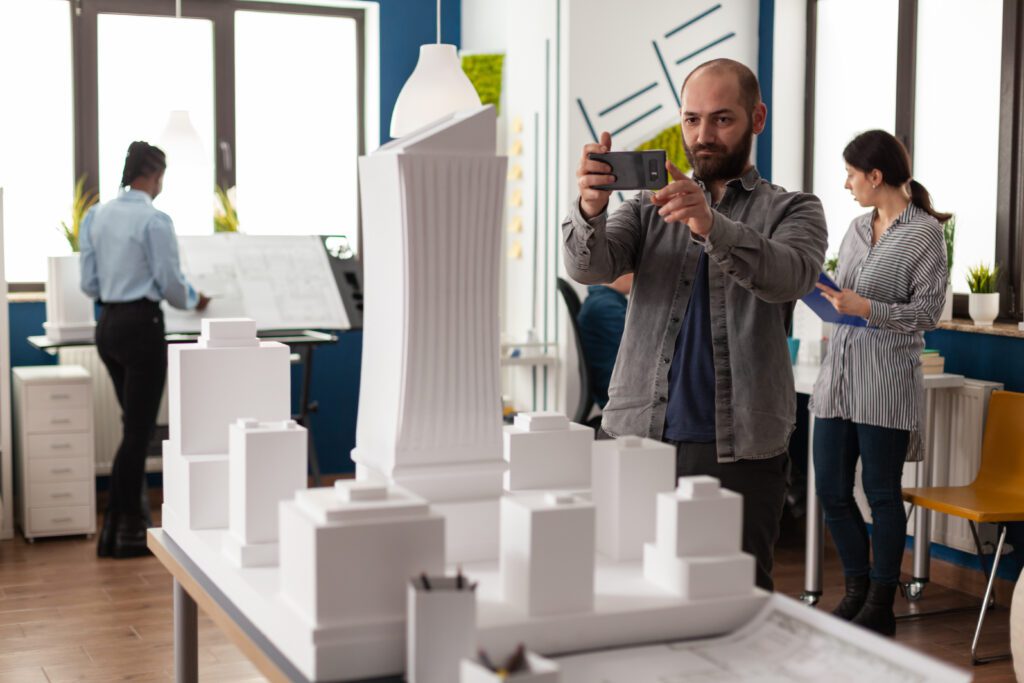The urban landscape is constantly evolving, and residential construction projects are following suit. As city living becomes more compact yet stylish, the demand for innovative and sustainable design solutions continues to rise. Whether you are planning to build a new home or renovate an existing one, understanding the latest trends is essential. In this blog, we explore key developments shaping urban residential construction and how they influence modern architecture, interior design, and lifestyle choices.
1. Sustainable Construction and Green Living
Sustainability has become a cornerstone of modern construction projects, with a focus on minimizing environmental impact. Energy-efficient materials, solar panel installations, and advanced insulation methods are increasingly being integrated into new homes and renovations. Urban dwellers are also embracing green roofs and vertical gardens, which contribute to eco-conscious living while enhancing aesthetics. These solutions reflect a growing awareness of environmental responsibility among city homeowners.
2. Compact Living with Smart Spaces
As cities become more crowded, developers are turning to creative solutions that make the most of available space. Concepts such as tiny homes, micro-living units, and studio apartments are gaining popularity, particularly among younger residents. Clever interior designs with built-in storage, multifunctional furniture, and open floor plans create practical, stylish living spaces without compromising comfort. This trend caters to the urban need for functionality in smaller spaces.
3. Technology-Driven Smart Homes
Technology has become an essential part of modern urban homes. Smart home features such as automated lighting, voice-controlled devices, and security systems provide both convenience and peace of mind. Builders and designers are working together to integrate these technologies seamlessly, ensuring new homes are equipped for the future. With smart appliances and energy-saving systems, urban homeowners can enjoy both luxury and efficiency.
4. Mixed-Use Developments and Community Living
Urban residents are increasingly drawn to mixed-use developments that combine residential, commercial, and recreational spaces. These integrated communities reduce travel time and provide easy access to essential amenities, fostering a sense of community and convenience. Features such as coworking spaces, rooftop pools, fitness centers, and community gardens are becoming standard in these developments, enhancing the urban lifestyle experience.

5. Minimalist Design with Maximum Functionality
Minimalism continues to shape urban residential design. Homeowners are moving towards sleek interiors that feature neutral tones, natural materials, and simple yet elegant aesthetics. This trend focuses on decluttering and emphasizing quality over quantity, with an emphasis on functionality. Multifunctional rooms and minimalist furniture designs help maximize space without compromising on style.
6. Emphasis on Wellness and Biophilic Design
Biophilic design, which promotes well-being by connecting living spaces with nature, is becoming more popular in urban areas. This trend incorporates natural elements like large windows, water features, indoor plants, and ample natural light to create a healthier living environment. The idea is to foster mental and physical wellness through thoughtfully designed spaces that balance modern comforts with nature-inspired elements.
7. Prefabricated and Modular Construction
Prefabricated and modular construction methods are transforming urban residential projects, offering quick, affordable, and customizable solutions. These homes are built off-site and then assembled on location, significantly reducing construction time and costs. With the flexibility to adapt designs to fit tight urban spaces, modular construction is gaining traction among developers looking to meet growing housing demands efficiently.
8. Luxury Apartments with Custom Interiors
For those seeking exclusivity, luxury apartments with custom-designed interiors are becoming the norm in urban settings. High-end materials, bespoke kitchens, and spa-like bathrooms elevate these spaces, providing residents with a premium living experience. Collaboration between builders, architects, and interior designers ensures that these apartments reflect personal style while incorporating the latest technological advancements and comfort features.
9. Adaptive Reuse of Old Buildings
Adaptive reuse projects are giving new life to old buildings, transforming them into contemporary homes while preserving their historical character. Converting industrial spaces and heritage properties into modern residences has become a popular trend in cities, combining sustainability with unique architectural appeal. These projects not only honor the past but also create vibrant living environments that add charm and identity to urban neighborhoods.
Conclusion
The future of urban residential construction lies in blending technology, sustainability, and efficient design. As homeowners embrace eco-friendly solutions, compact spaces, and wellness-oriented lifestyles, cities are evolving to meet these needs. Whether you’re building from the ground up or renovating, staying informed about these trends will help you make smarter decisions and increase the value of your investment.
At Lavish Layer Interiors, we specialize in innovative residential design solutions that bring together style, functionality, and sustainability. Let us help you create your dream urban home!
